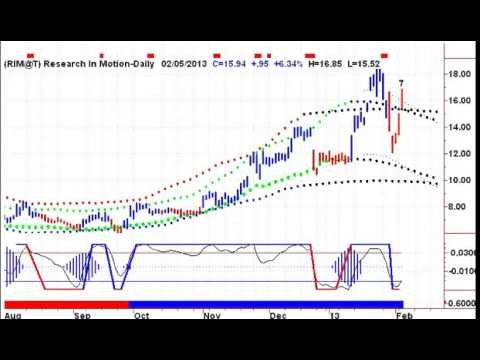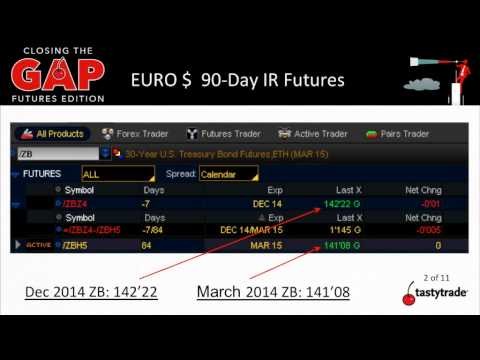Introduction To Trading Eurodollar Futures
Post on: 30 Май, 2015 No Comment

Interested in interest rates? Take advantage of our user-friendly platform and exceptional customer service to speculate on interest rate movement with trading in Eurodollar futures.
Now you can trade Eurodollar futures at optionsXpress. Open an account to trade futures at optionsXpress .
About CME Eurodollar Futures
Financial futures have grown explosively since being introduced at the Chicago Mercantile Exchange (CME) in 1972. What is the single largest segment of the growth? CME interest rate products, particularly Eurodollar futures. Launched on December 9, 1981, Eurodollar futures have evolved into one of the world’s most popular and innovative contracts, with flexibility and adaptability that are unsurpassed. The Contracts’ exceptional growth has fostered nonstop enhancements, resulting in a Eurodollar complex today that bears little resemblance to that of only several years ago.
Eurodollars are simply U.S. dollars on deposit in commercial banks outside of the United States. The Eurodollar market has burgeoned over the past 30 years, as the Dollar has become the world’s dominant currency for global trade and finance. Eurodollar deposits play a major role in the international capital market. The interbank market for immediate (spot) and forward delivery of offshore Dollars is deep and liquid, giving banks the ability to fund Dollar loans to foreign importers without incurring currency exchange risks. Eurodollar deposits are direct obligations of the commercial banks accepting the deposits. They are not guaranteed by any government. Although they represent low-risk investments, Eurodollar deposits are not totally risk-free.
Short-Term Interest Rates — An Overview

Interest rates, which can be loosely defined as the price of money, affect the livelihoods of individuals and businesses each and every day. The cost of a home mortgage, the finance charge applied to a credit card balance, the amount of interest received on a savings account or the coupon on a corporate bond issue are all examples of the interest rates that influence our personal and commercial activities. Like all goods and services, interest rates are determined by the market forces of supply and demand. However, the federal government also can influence key interest rates via monetary policy, by adjusting rates upward or downward to slow or stimulate the economy. Interest rate levels often are regarded as key indicators of a country’s economic health.
The money market comprises the markets for short-term, heavily traded credit instruments with maturities of less than one year. Money market instruments include Treasury bills, commercial paper, bankers’ acceptances, negotiable certificates of deposit, Federal Funds, and short-term collateralized loans. While the markets for these various instruments are distinct, their respective interest rates reflect general credit conditions with adjustments for differences in risk and liquidity. As the money markets have become more liquid, money managers borrow and lend in whichever markets offer a price advantage. No longer willing to leave balances as unproductive, non-interest-earning deposits, corporations today are making more aggressive use of cash management techniques. Cash market participants primarily use CME’s interest rate products for pricing and hedging their money market positions.
Trade Eurodollar and other Interest Rate Futures with optionsXpress
optionsXpress offers trading in Eurodollar futures at the CME. CME interest rate futures contracts are traded using a price index, which is derived by subtracting the futures’ interest rate from 100.00. For instance, an interest rate of 5.00 percent translates to an index price of 95.00 (100.00-5.00 = 95.00). Given this price index construction, if interest rates rise, the price of the contract falls and vice versa. Therefore, to profit from declining interest rates, you would buy the futures contract (go long); to profit from a rise of interest rates, you would sell the contract (go short). In either case, if your view turns out to be correct, you will be able to liquidate or offset your original position and realize a gain. If you are wrong, however, your trade will result in a loss.














